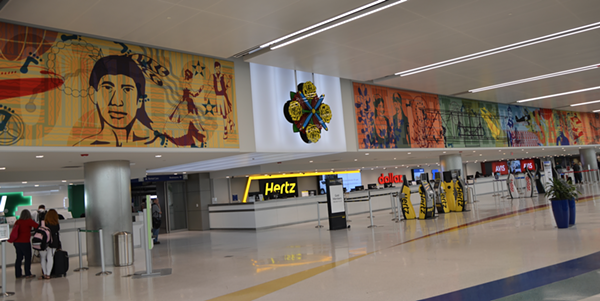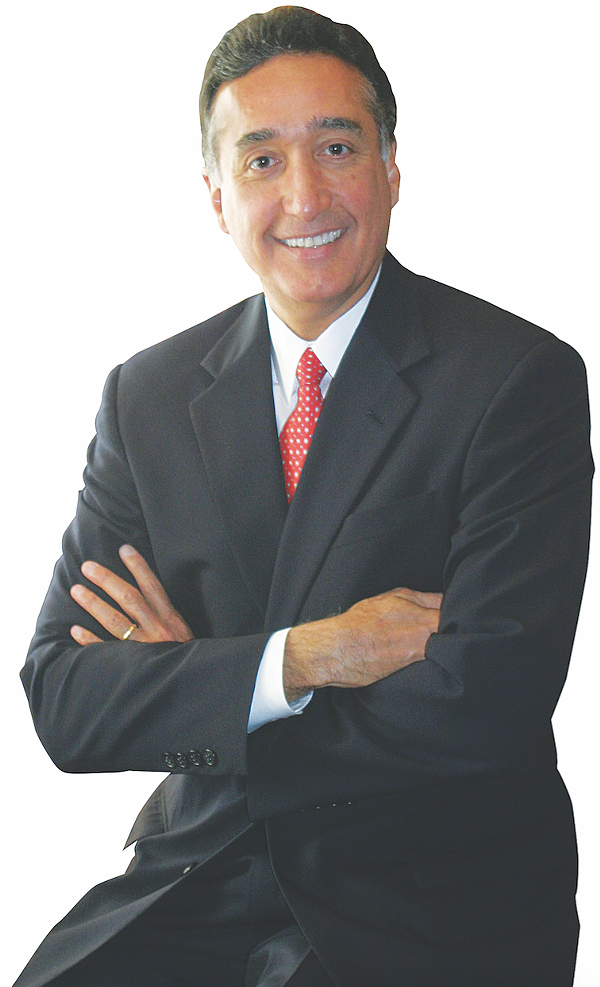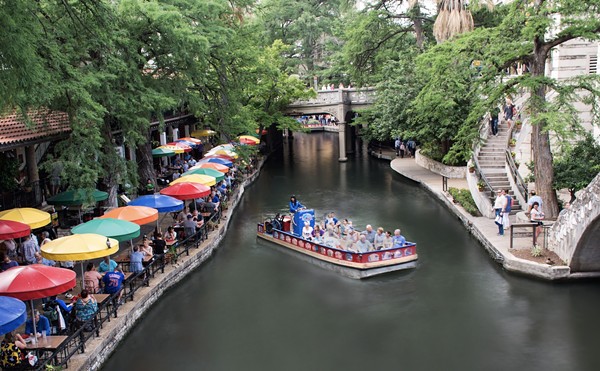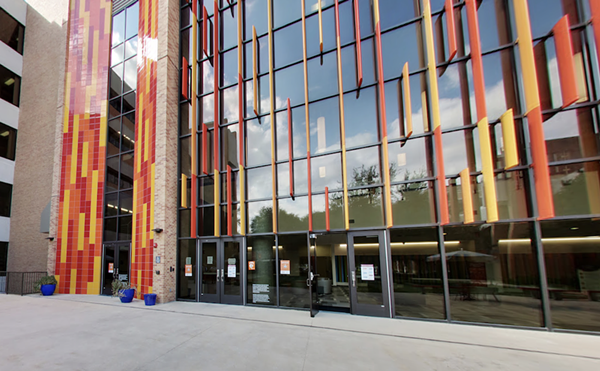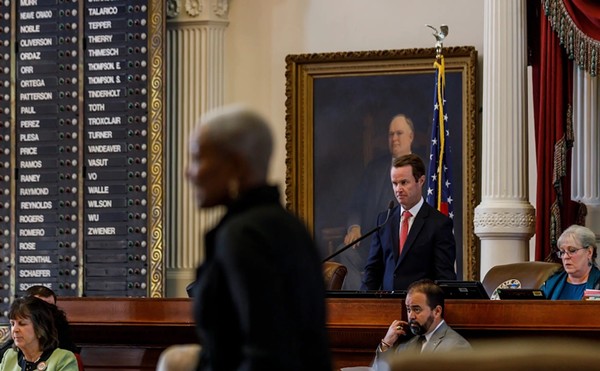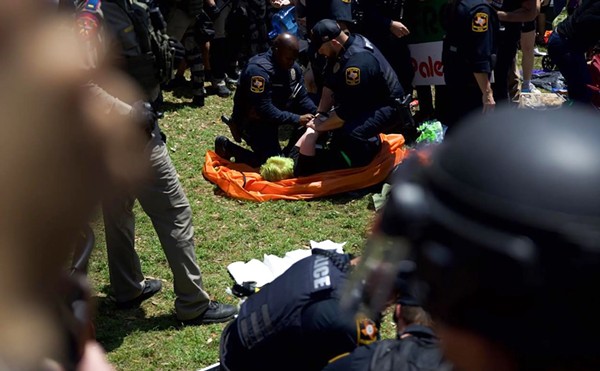It’s kind of how he talked about the Alamodome in the late 1980s.
San Antonio, he argued in the September 8 piece, is outgrowing its airport. Time to get cracking and buy land so we can have a new air connection worthy of the economic powerhouse this region is destined to become.
And why wouldn’t Henry speak with authority here? He oversaw an economic awakening of S.A. as mayor and went on to serve in President Clinton’s cabinet and on current Mayor Ron Nirenberg’s blue-ribbon public transportation task force.
The problem, experts say, is that the numbers just don’t justify a new facility that would likely cost well over $1 billion.
The existing airport had just under 4.4 million enplanements last year, which is a 4.83 percent increase from the prior year. The city is at 44th in the country for enplanements, sandwiched between Cleveland-Hopkins International and Fort Myers’ Southwest Florida International.
While that almost 5 percent hike in passengers may sound impressive, it’s pretty tame compared to Austin’s 12 percent growth, San Jose’s 15 percent and Colorado Springs’ 24 percent. And it appears to be a hiccup, since that rate hasn’t spiked above 2 percent since 2010.
“Given our market reality in terms of airport demand, in terms of passenger volumes, it’s a serious reach,” University of Texas at San Antonio Public Policy Professor Heywood Sanders said of Cisneros’ op-ed. “In a city that can’t manage more than one big public project per decade, is this the right one, given its potential costs?”
To be sure, developing a new airport isn’t a cheap gamble.
Denver International, the last major U.S. airport built from the ground up, opened in 1995 at a cost of $4.8 billion. The relatively new Austin-Bergstrom International, which involved converting an existing military base, replete with airstrips, still required $400 million in public bonds.
Cisneros didn’t use his op-ed to suggest slapping together a new airport in the next couple of years. Maybe it’s a 30- or 40-year prospect, he allows, but the city should start securing land while it’s available.
“It’s not going to get any cheaper, and it’s not going to get any less crowded,” Cisneros told the Current.
Plus, as S.A. and Austin merge into one mega-metro, a world-class airport would be an economic generator, he argues.
“Air connectedness — direct connections, international connections — are so economically important that where airports are developed, you’re seeing the equivalent of new cities growing up around them,” Cisneros said.
But Sanders worries the former mayor is jumping the gun. Now is the time for the city to study the limitations of the current airport and how it can better work with the facilities it has. Atlanta, home to the nation’s busiest airport, underwent a similar soul search in the late 1970s, and given the astronomical costs involved, decided to reconfigure its existing space rather than develop a whole new facility.
“We’re growing – I’m not arguing that,” Sanders said. “But our growth rate doesn’t suggest that we need a brand-new airport. Right now, it does makes sense to seriously assess what we have and what steps we could take to make sure it’s more adaptable.”
Denver-based aviation consultant Mike Boyd isn’t swayed by year-to-year passenger increases or decreases, since those are easily moved by airlines’ decisions to add new flights. The real thing that brings new flights and non-stop service to an airport is airlines’ sense that there’s demand they can make money by serving.
And all the new terminals and runways in the world can’t create that.
“How they hell would having a new airport bring it more air traffic?” he asks rhetorically. “You don’t have that traffic now in San Antonio, and you wouldn’t have it then just because you’ve got a bigger airport.”
Couched in terms that may appeal to a local sense of history, new airports are no more likely to attract flights than new stadiums are NFL teams. See: the Alamodome.
In the ’70s, the Federal Aviation Administration floated the idea of a regional airport serving both San Antonio and Austin. But the window shut on that idea when Austin developed Bergstrom. Since then, it’s attracted more and cheaper flights than San Antonio International.
For an airport serving a city of our size, San Antonio International earns decent reviews from the aviation community, Boyd said. But when a leader of Cisneros’ stature publicly suggests it’s outlived its usefulness, that rep may not last.
“It doesn’t help when you’ve got a guy who used to be in an administration, who’s with the chamber of commerce, badmouthing your airport,” Boyd said. “What does that tell Toyota when they’re thinking about putting a transmission factory in San Antonio? … I guarantee you the people up at Bergstrom are cheering him on.”
Stay on top of San Antonio news and views. Sign up for our Weekly Headlines Newsletter.

